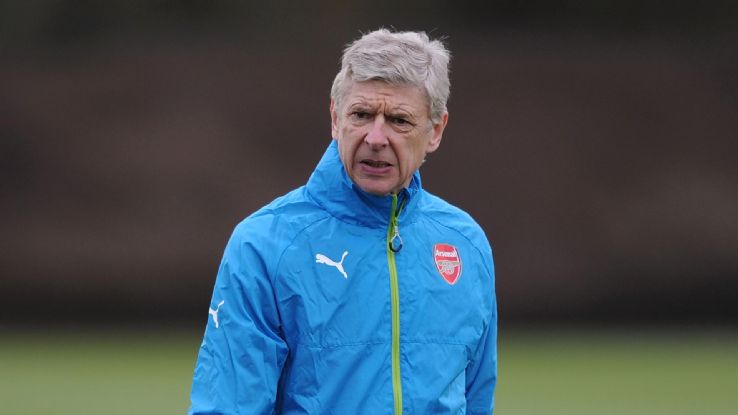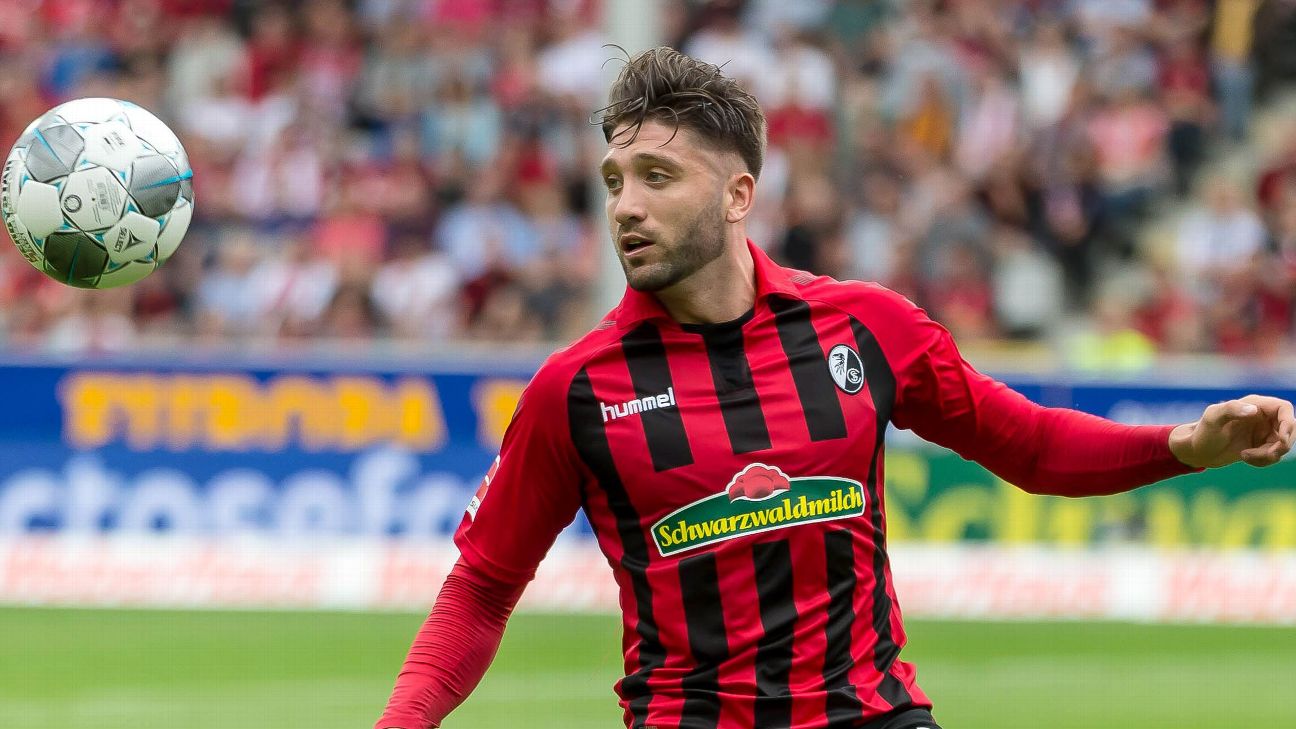

“In my mindset, I believe at the end of this, we will be the greatest Socceroos team ever,” Australia head coach Graham Arnold told the media during a teleconference on Friday.
Speaking after naming his first Socceroos squad ahead of what looks set to be a long and arduous qualification phase for the 2022 World Cup, it’s a statement so grandiose and on brand for the Expectant One, it’s one that simply can’t be ignored.
Amid the markers set and Language of Belief, though, there was also a slight and pertinent nugget of truth.
“We have players that can make a difference and that’s a big thing,” Arnold said. “If you’re playing against packed defences and you don’t have that individual quality of a one-on-one action that can go past players, it makes it tough.
“We have that now, and I’ve got a lot of belief in these boys.”
– Olyroos relying on A-League stars to beat N.Z.
– Coaches union critical of FFA’s management review
– Jukic: Australia should no longer accept ‘honourable defeats’
The ability to go past a defender in a one-on-one situation and the gravitational effect is creates is one of the most important aspects in football, and one that the Socceroos largely lacked before Arnold took over.
There is often a stark difference between penetrative and evasive dribbling and, when confronted with such moments in recent years, Australian sides have leaned heavily towards the latter and created an unhealthy reliance on Tom Rogic.
It explains why Daniel Arzani was such an impactful player as a substitute during last year’s World Cup in Russia and why Brandon Borrello, Awer Mabil and Ajdin Hrustic have all been selected in this squad — with the ability to penetrate in mind.
Yet, despite the introductions of Chris Ikonomidis and Mabil during this year’s Asian Cup in January, that reliance on Rogic in phases of possession remained. Next Tuesday’s qualification opener against Kuwait will be notable, among other reasons, for Rogic’s absence.
Twelve of the 23 players selected for next week’s match in Kuwait City have been capped 10 times or less for Australia, but the selection of Australian squads has to be viewed within a certain prism.
Form and optimal balance is still key, but what is also relevant is how teams in the AFC approach Australia and how Arnold intends to manipulate that. Also, at least in comparison to European — and now South American — counterparts, a national team coach in Asia has the heightened capacity to work in a four-year cycle.
For the stronger nations in Asia, the second qualification phase and the Asian Cup in the first (or last, depending on the approach) year of that cycle create an allowance to cultivate and deliberate on individual player ceilings by the final year of that four-year cycle, to achieve an ultimate goal.
One must take all of these elements into consideration when looking at Socceroos selections, because integrating certain players becomes a necessity, and denying opportunities limits all-important optionality down the track.
The selections of Borrello, Mabil and Hrustic are therefore very positive ones in context. Along with the established likes of Mat Ryan, Trent Sainsbury and Aaron Mooy, there’s a possibility they will become key members of the Socceroos going forward. What better time to explore that possibility than immediately?
Although the club situations and fitness of Rogic, Arzani and Jacob Italiano could eventually be primary in discussing the Socceroos attacking options over this four-year cycle, there’s no harm in Arnold omitting them now and seeing how others in currently better shape can fare with responsibility placed on them.
The question hanging over Mark Milligan, on the other hand, becomes an important one. Milligan was objectively one of the weaker tactical points in the United Arab Emirates in January and, despite previous positional versatility, it’s up for debate whether he is even currently in the strongest starting XI. What kind of player would he be three years from now, at age 37, in the event Australia qualify for Qatar? In Friday’s teleconference, Arnold was supportive of the veteran but notably made sure to leave himself some wriggle room.
“Millsy is a great leader and over the past year we lost players with retirement and Mark is fully committed to us,” he said.
“It’s one step at a time. I’ve obviously had a lot of communication with Mark about this type of thing, and when I say it’s one step at a time, for now it’s the Kuwait camp. Making sure that everyone is fit, everyone is healthy and Mark is in great shape, and we’ll make those decisions as we go further.”
How that extends to the possible deployments of Mooy, Massimo Luongo, Mustafa Amini and Jackson Irvine remains to be seen. As ever, the midfield will be pivotal and who Arnold selects to start against Kuwait will provide clear insight to his approach going forward.
On the topic of form and ceiling — something Arnold insisted upon with this squad’s predominantly European composition — it makes Sydney FC full-back Rhyan Grant‘s selection peculiar. Grant has played one competitive game since the A-League Grand Final in May and is the squad’s only recognised right-back.
The dependable Grant is familiar with Arnold’s way of playing and, given the respective workloads of left and right-backs in that system, it’s a significant show of faith in light of Fran Karacic‘s fine form to start the season with Lokomotiva Zagreb.
Karacic, 23, has the higher ceiling than Grant, and his non-selection raises questions over the practicality of his integration into an Australian squad.
However, probably the most interesting facet of Arnold latest Australian squad is the significant difference in attributes between strikers Jamie Maclaren, Adam Taggart and Apostolos Giannou.
Along with Milos Degenek, whose exploits with Crvena Zvezda earned them a UEFA Champions League spot, Taggart has seemed like a flavour of the month. Unlike LASK Linz midfielder James Holland, however, there’s a greater sense he can actually impact how Australia play.
Who plays up front will have a significant impact on the nature of Australian possession, and with respect to who can provide the ideal reference point against Asian opposition, Arnold was ambiguous.
“It’s about flexibility,” he explained. “Whether we play with three nines, with three very narrow or two wingers high and wide with two eights, or with two sixes, it’s all about the quality in the final third.”
Much like the topic of Australia’s midfield composition, the discussion of personnel up front is tied to the direction they receive. The ultimate question is how Arnold plans to utilise these players.
